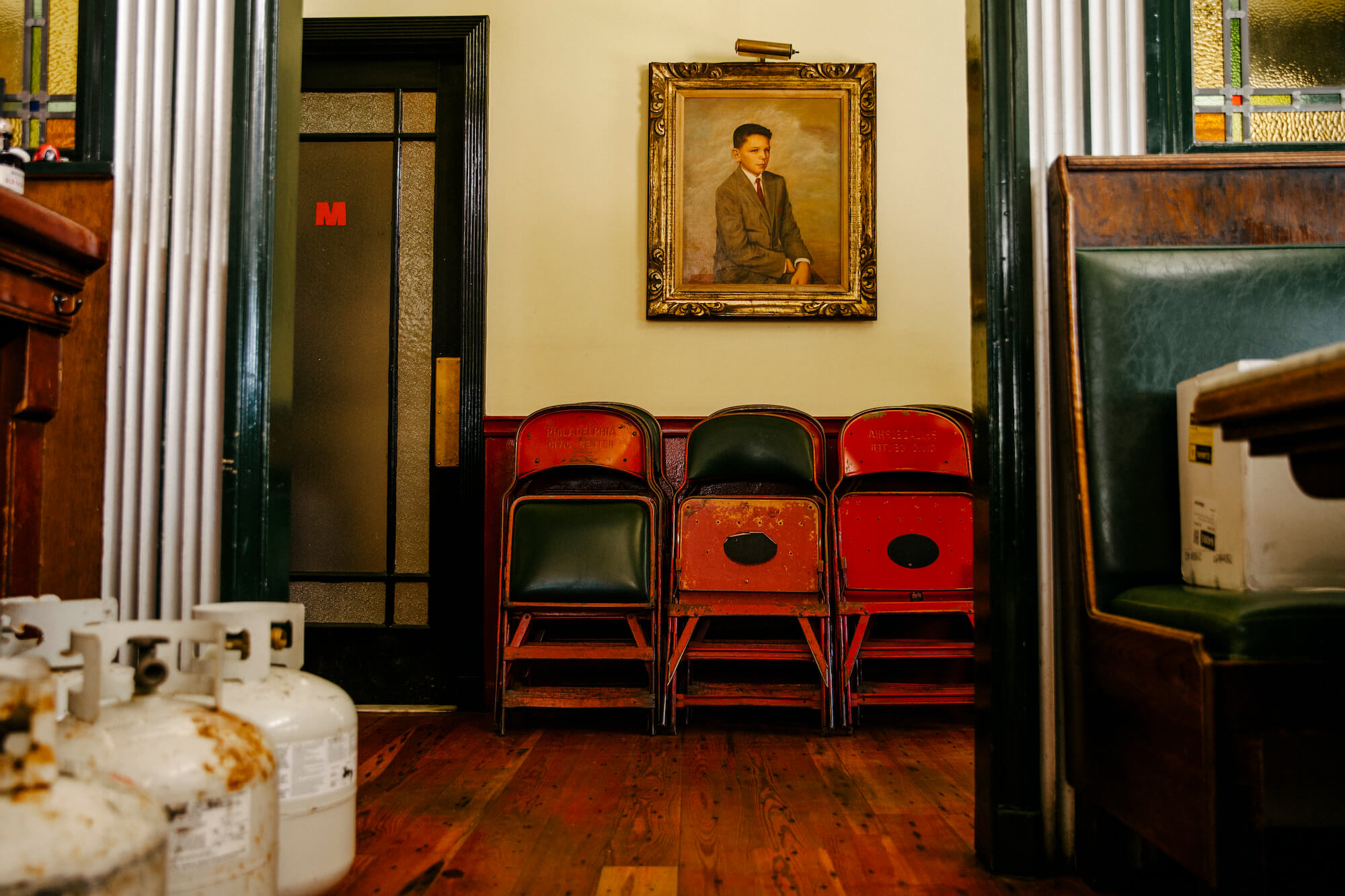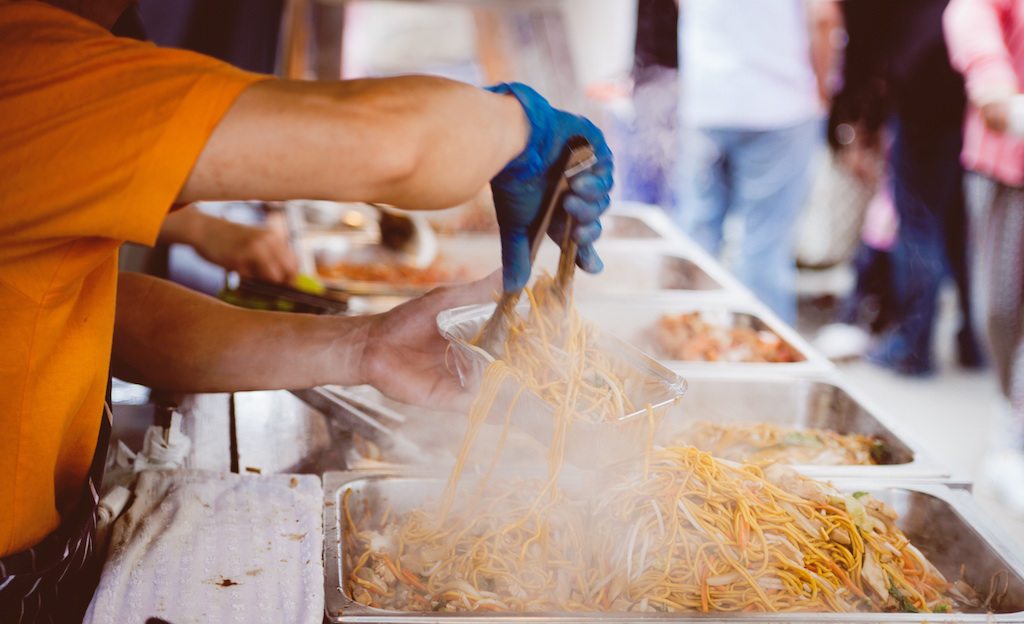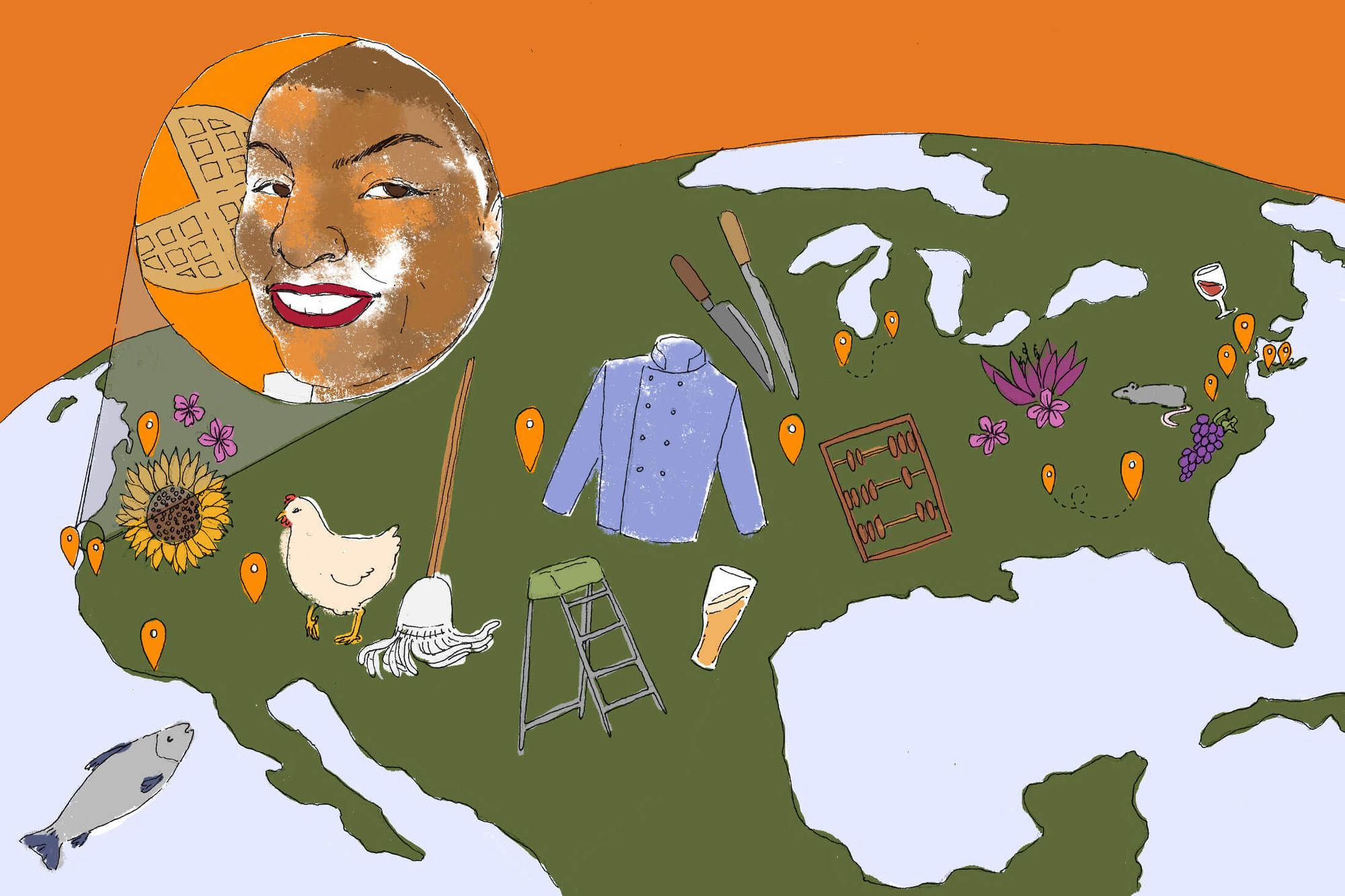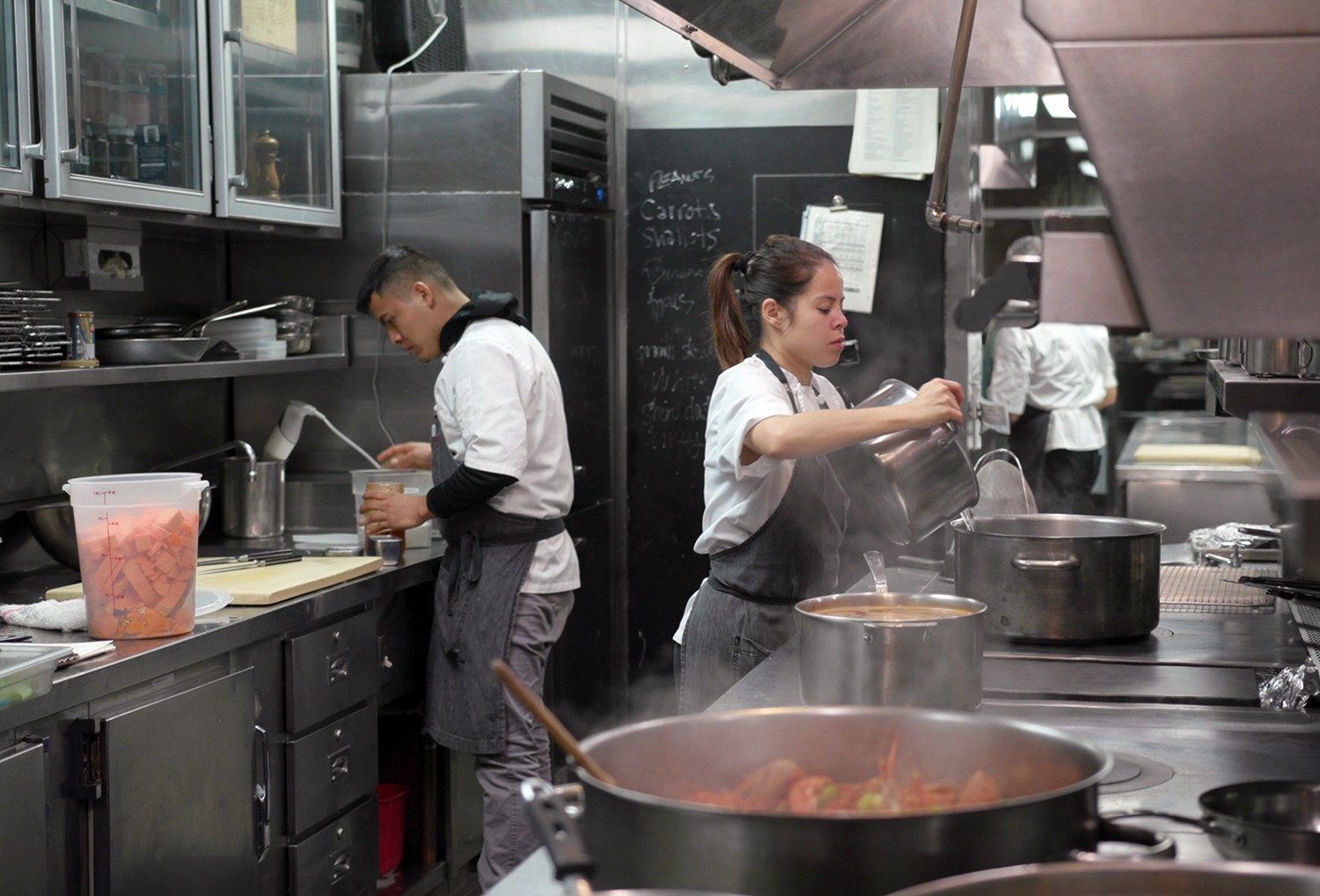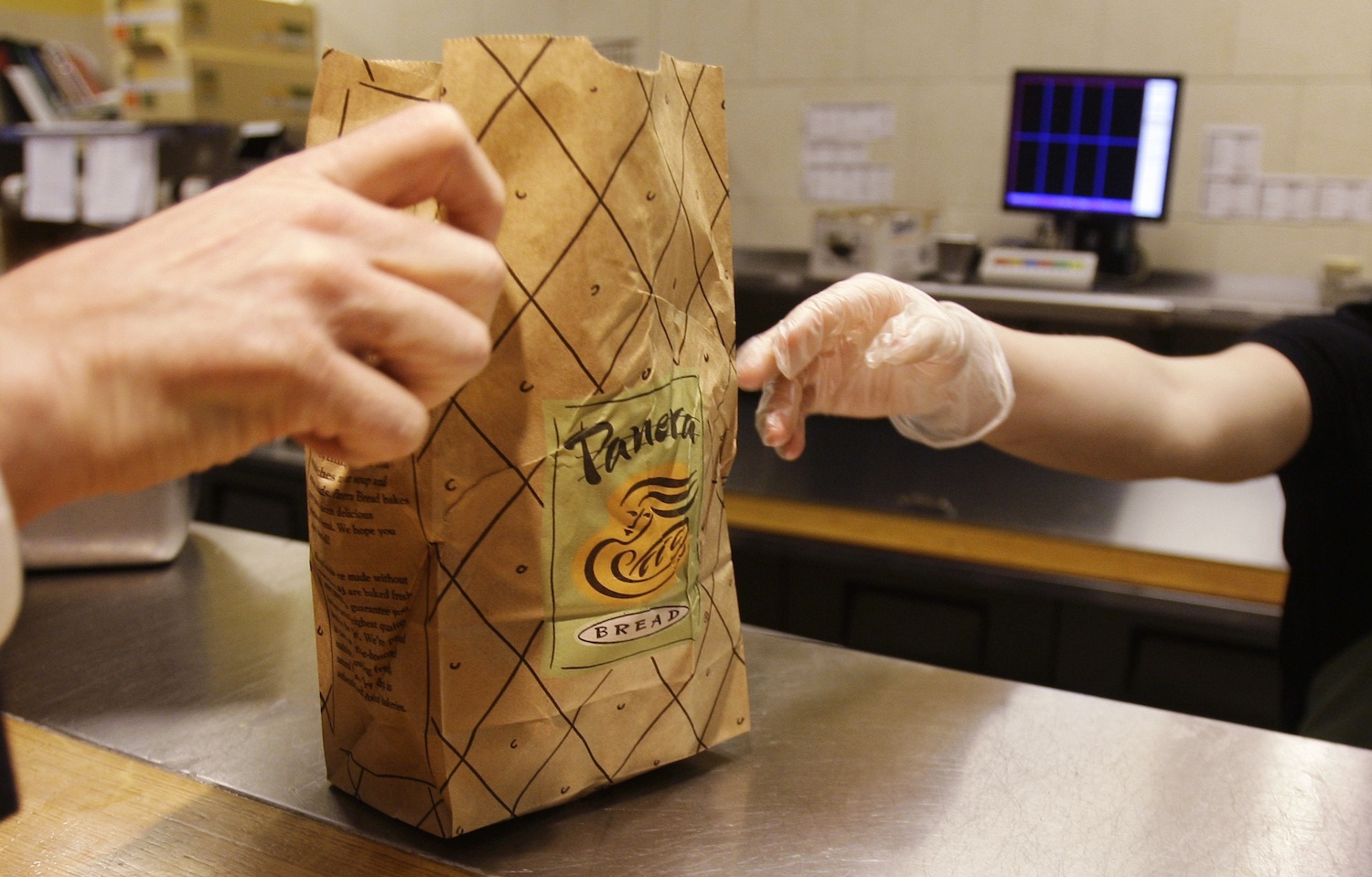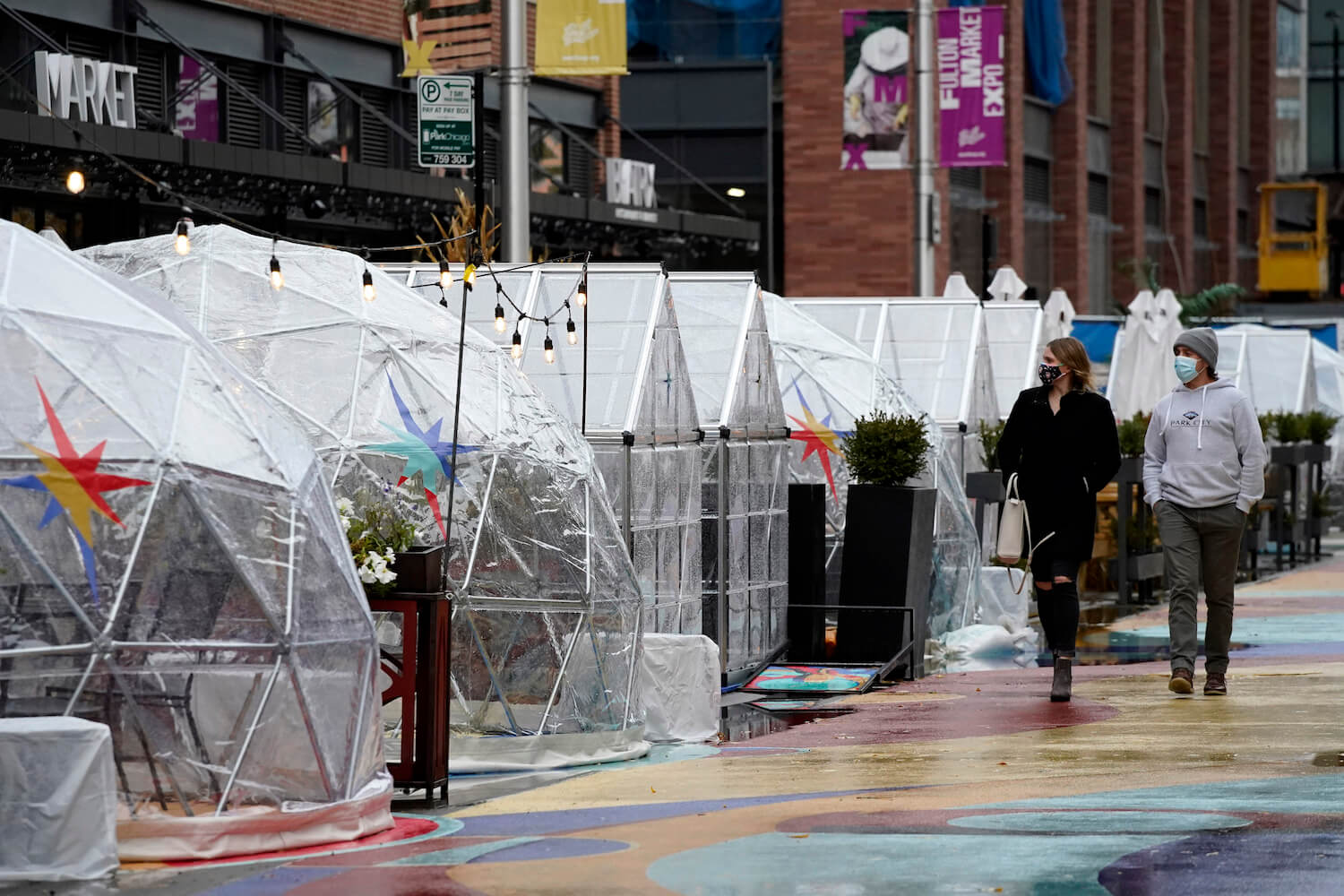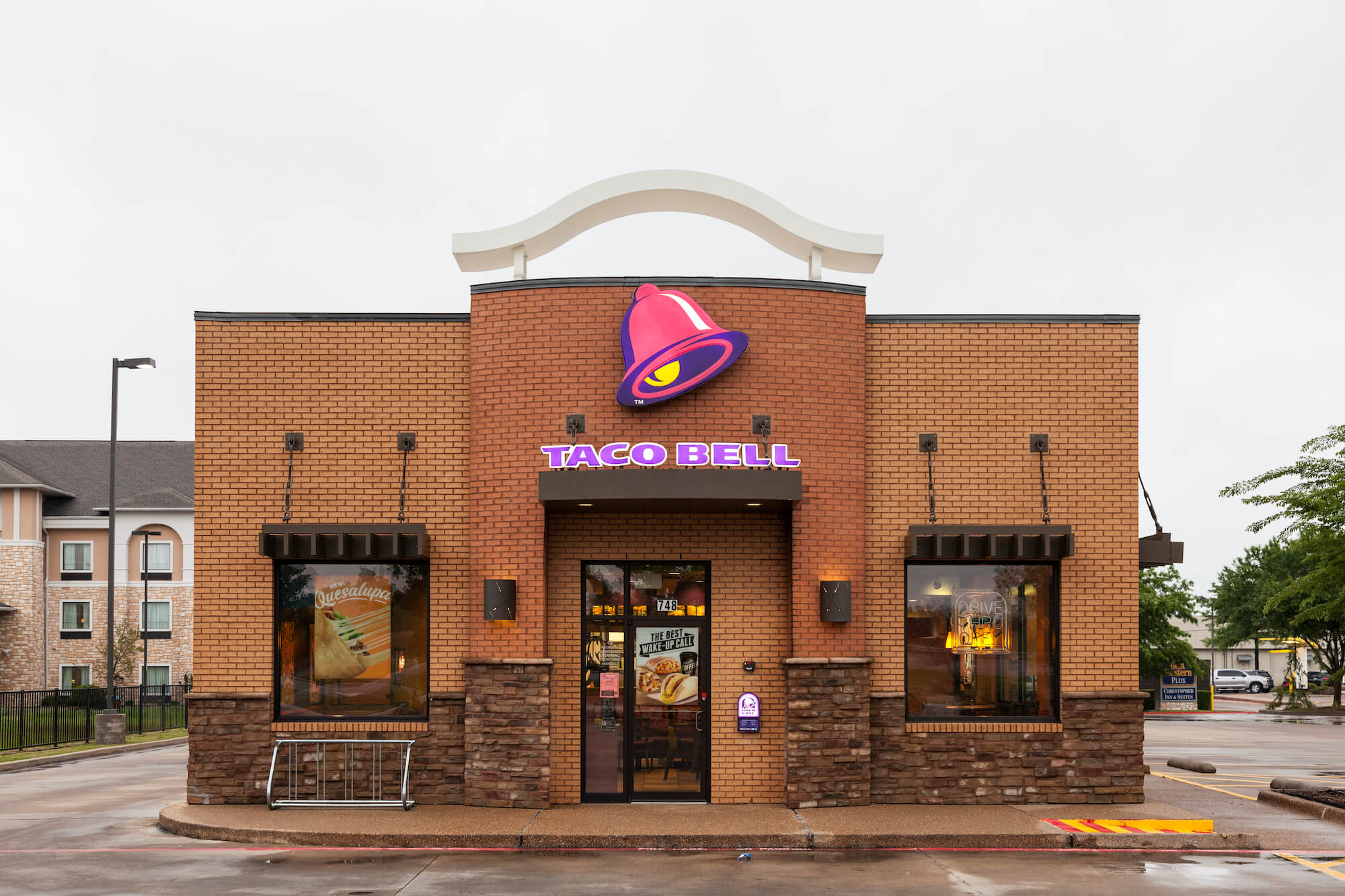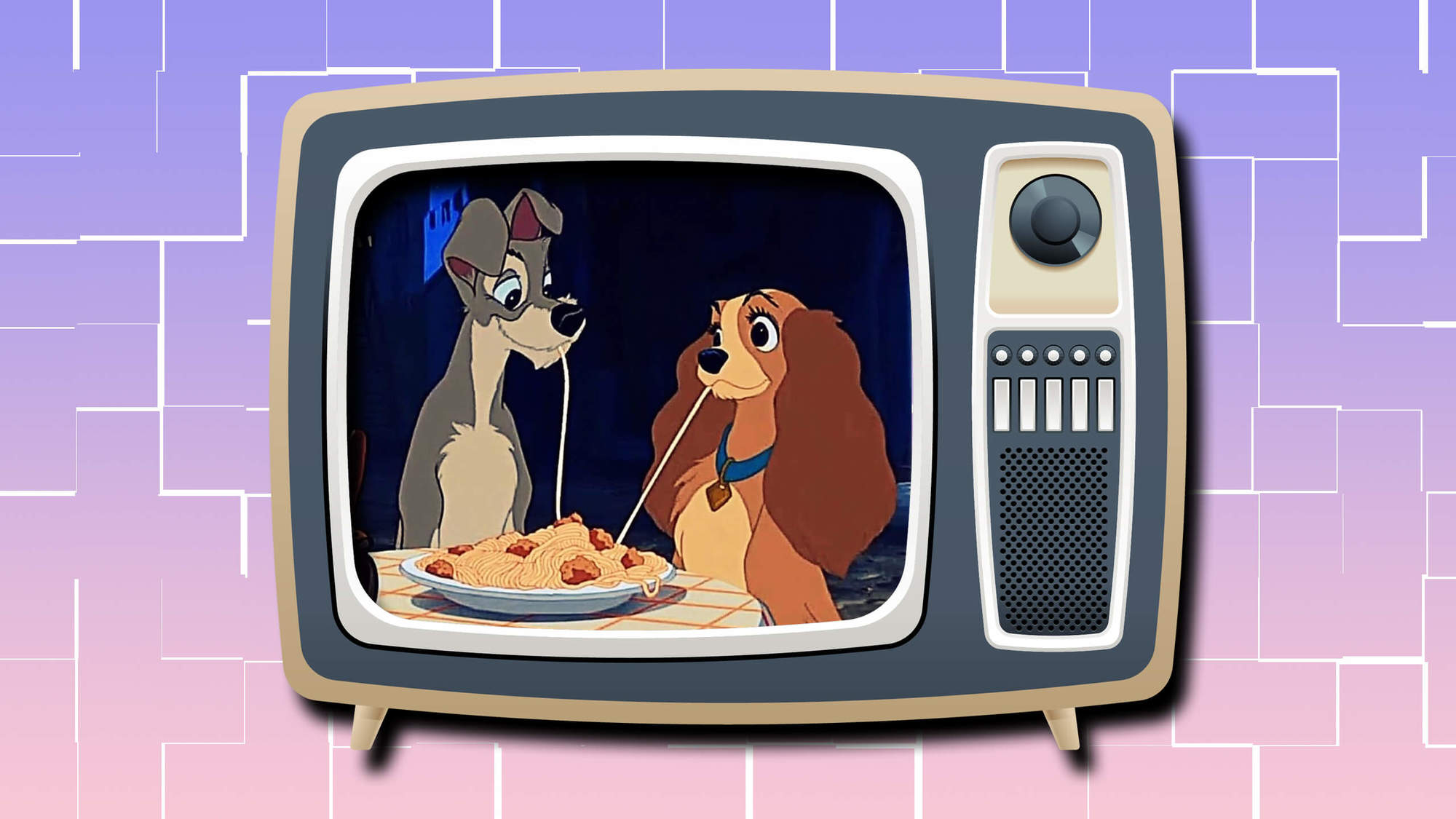
Graphic by Tricia Vuong | iStock/Medesulda | YouTube/Lady and the Tramp
Subtract restaurant scenes from your favorite movies and the world gets a whole lot duller—but that sound you hear is tomorrow’s memorable locations shutting their doors for good.
Dinner and a movie.
Swap out the preposition—make it dinner in a movie—and consider how many big-screen stories unfold in restaurants, often the independent ones.
Restaurants are where life changes, in a movie: the spaghetti dinner scene that clinched the upstairs-downstairs romance in “Lady and the Tramp,” the fluorescent-lit fake orgasm at Katz’s Deli in “When Harry Met Sally,” and the conflagration that ended “Do the Right Thing,” as Sal’s Pizzeria went up in flames. There’s a whole subcategory of crime movies that feature nefarious deeds plotted or executed over a restaurant meal, from “The Godfather” to “The Irishman,” with a detour for the pre-overdose meal in “Pulp Fiction.” And there are diner movies, from “Diner” itself to the Oscar-winning “Moonlight,” where an emotional reunion plays out in a red leatherette booth, over a plate of the chef’s special.
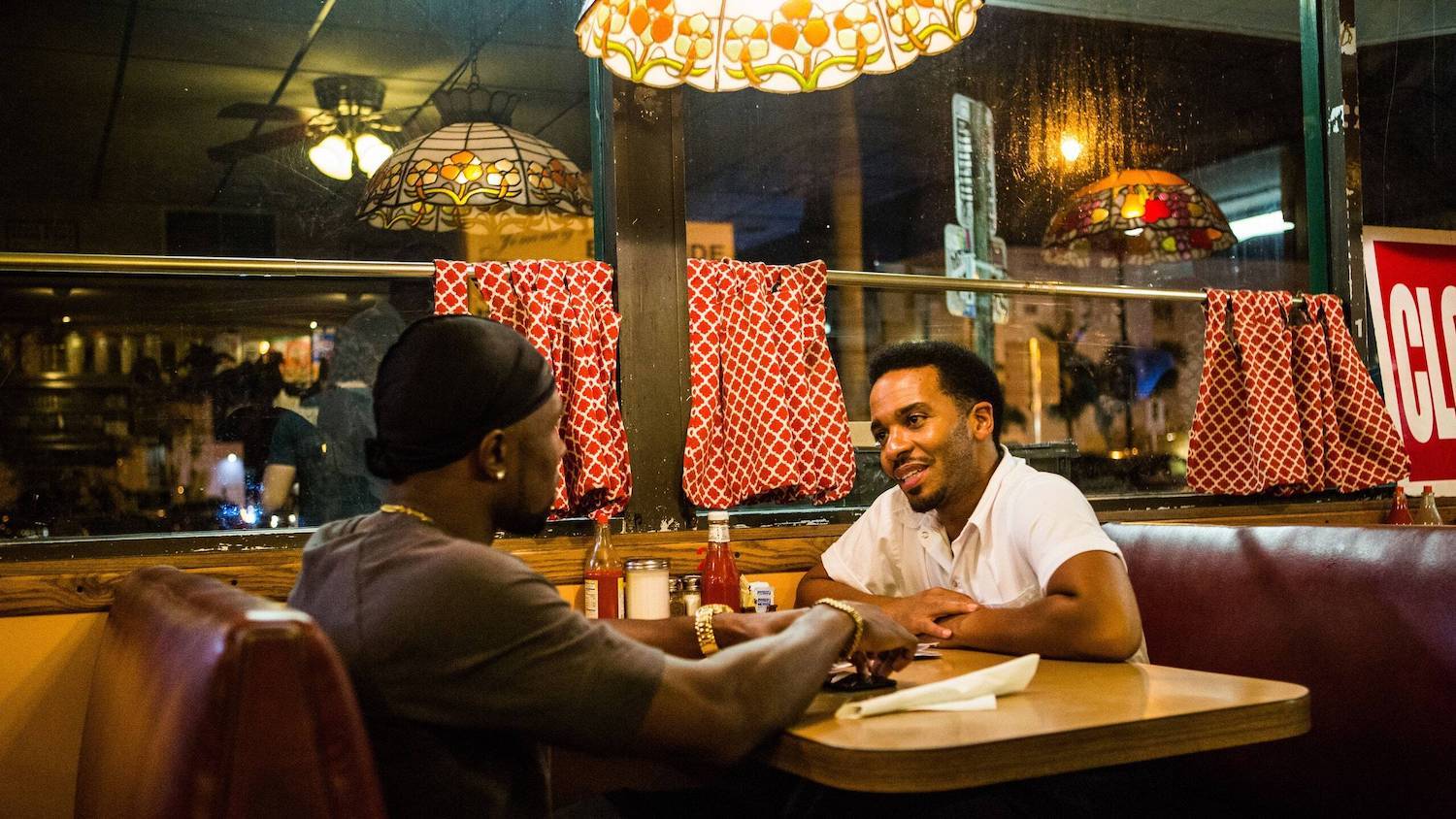
The diner scene in the A24 film “Moonlight.”
Photo By David Bornfriend, Courtesy Of A24
And “Big Night,” about two immigrant brothers’ last-ditch attempt to save their floundering Italian restaurant, and with it, their mutual future.
The setting matters as much as what happens. Imagine “Do the Right Thing” set at a dry-cleaner, or Meg Ryan in feigned ecstasy at an insurance office, or two brothers in a desperate fight to save their office supply business. None of them tug at our heartstrings the way the originals do, because a good restaurant is about community as much as it is about food, whether you’re at a table for eight or chatting with a stranger at the bar. Restaurants play an essential part in the national narrative.
Restaurants were in trouble, long before the pandemic. Read our story from this spring.
But our real-world connection to restaurants had started to fray, even before the pandemic, as both cooks and customers got caught up in a 15-year boom market triggered by competition television, social media, and a generation of diners raised on both, who redefined what it means to dine out. A lot of independents have suffered, ironically, because there was so much great food out there, more than the market could bear.
Cooking has become a spectator sport, chefs have attained celebrity status, and who can blame them? After decades of fairly anonymous, physically grueling work, kitchen staff saw the chance to run not only a restaurant but a multimedia empire, and they responded as any overworked, underappreciated employee might: Chefs and aspiring chefs clamored for their close-up, and the go-for-broke era was born.
Diners got caught up in the frenzy, conflating the new with the good: In 2014, one young New York City chef dismissed the mob scene the week he opened his own place; those early guests were trend-setters, on their way to the next opening, never to return. When grab-and-go outlets started to tout quality as well as speed, people got distracted yet again, and dinner and a movie morphed into take-out and binge-watching at home.
The healthiest restaurant, in the best of times, is built on a delicate mix of passion, romance, talent, and spreadsheets, and it doesn’t take much to knock it over.
We struggled with commitment and were too often fickle, though we told ourselves we were at the vanguard of fun. Being a regular felt boring to the modern diner on the hunt, who elevated culinary speed-dating to an art form. And the sheer number of options diluted the dining dollars of even the less predatory diner, who might not chase openings but understandably wanted to be a citizen of the expanded restaurant world.
The healthiest restaurant, in the best of times, is built on a delicate mix of passion, romance, talent, and spreadsheets, and it doesn’t take much to knock it over. They were already wobbly last spring, thanks to escalating costs and an oversaturated market, and then Covid rolled into town, its sights set on any business that involved unmasked people in enclosed indoor spaces.
Restaurant fatalities stand at 110,000 and counting, the end nowhere in sight.
Congress’ latest aid package, which the Independent Restaurant Coalition dismisses for falling “woefully short,” increases tax deductions for expense-account meals but won’t save the kind of place where the ongoing movie of your life plays out. While there is bipartisan support for the group’s RESTAURANTS Act, it is stalled in both houses because of Congressional resistance to industry-specific relief.
If we don’t step up, we’re going to be stuck with a rash of movies set before 2019, nostalgia pics that offer side orders of vicarious restaurant pleasure.
We should’ve known that politics might obscure urgency, as it has with the fate of so many endangered species. If one movie subplot defines the way elected officials see restaurants, it’s in “Primary Colors,” where a good old boy Presidential candidate, Jack Stanton, touts his down-home, years-long friendship with pit-master “Fat Willie” McCollister—until McCollister’s daughter announces she’s pregnant and Stanton is the father, at which point the candidate dispatches his minions to pressure the family into silence. He was a regular, devoted to the place and its owner, only when it suited his purpose.
I watched “Big Night” again last week, as close as I’m going to get to a restaurant for a while, and thought about how crazy in love with their dream the two brothers are. They move from Italy to America because it’s the land of opportunity; invest everything they have in a little restaurant no one visits because people prefer the assimilated cuisine and noise at the place across the street; fall prey to a competitor’s scheme to put them out of business—and wake up the next morning with no idea how to dig themselves out.
So they sit down and eat breakfast together, because that’s what we do when it’s time to write a new story. We break bread in a comforting place.
It’s an ambiguous ending. I used to buy the dream, to tell myself that they would somehow dodge the banker threatening foreclosure, the competing owner who tried to finish them off, and the bleak odds of a second chance, all because they were pure of heart, kitchen artists who only wanted to run their own restaurant. Now, sobered by so much loss, I see the alternate ending too clearly, because it’s playing out in the real world as you read this. In that version, they shut down their place, auction off the equipment and face two intolerable options: They can indenture themselves to the guy across the street, or they can return to Italy to work for their uncle.
Not a movie I want to see, that grimmer one, but tomorrow’s screenwriters are going to be hard-pressed for better ideas if we don’t stop the hemorrhaging.
A friend and I used to go straight from the multiplex to a restaurant smart enough to nestle between the theater exit and the parking lot, until the outing blurred into a single cultural event: dinnerandamovie. Both the theater and the restaurant are closed now, but I’ve made a vow. As soon as it’s safe, I’m going back to the future, revisiting the old haunts that have survived, as often as my budget allows, caretaking them as we should any national treasure.
If we don’t step up, we’re going to be stuck with a rash of movies set before 2019, nostalgia pics that offer side orders of vicarious restaurant pleasure.
Or worse, movies bereft of that gathering space altogether, and we can bore our grandchildren with stories of the good old days.

